The five basic chili spices every kitchen should have are: Ancho Powder, Cayenne Pepper, Habanero Powder, Chipotle Powder, and Paprika. Each offers unique flavors and heat levels for versatile cooking. In this guide, we'll explain each one in detail, including their origins, flavor profiles, heat levels, and how to use them like a seasoned pro.
Table of Contents
- Introduction: Why Chili Spices Are Your Secret Weapon
- Ancho Powder: The Smoky Sweetheart of Mexican Cuisine
- Cayenne Pepper: The Classic Heat Machine
- Habanero Powder: Tropical Fire for Bold Flavors
- Chipotle Powder: That Mesquite Magic You've Been Craving
- Paprika: Not Just for Color, But for Depth Too
- Buying Guide: What to Look For When Choosing Chili Powders
- Creative Uses for Basic Chili Spices Beyond the Obvious
- Frequently Asked Questions About Basic Chili Spices
- Conclusion: Spice Up Your Life with These Five Essentials
Introduction: Why Chili Spices Are Your Secret Weapon
Spice lovers know it all too well: chilies are more than just heat—they're complex, flavorful powerhouses that can elevate even the most humble dish. From smoky to fruity, from mild to blisteringly hot, chili spices offer endless possibilities. Whether you're making a rich mole sauce, a fiery curry, or a zesty dry rub for grilled meats, having the right basic chili spices on hand can make all the difference.
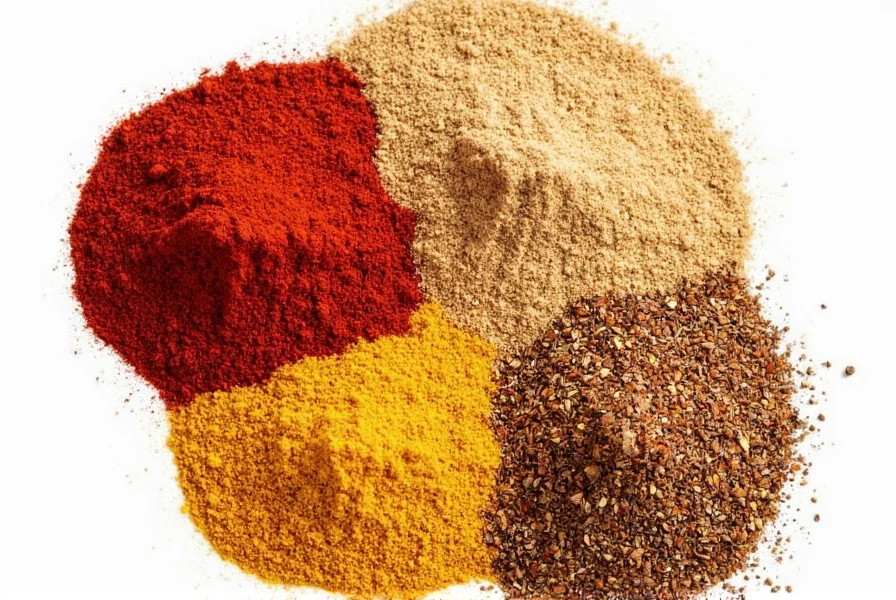
Ancho Powder: The Smoky Sweetheart of Mexican Cuisine
Ancho powder comes from dried poblano peppers and is one of the milder chili powders out there. It's a staple in traditional Mexican cooking, especially in sauces like mole and adobo. Don't be fooled by its low Scoville rating—what Ancho lacks in heat, it makes up for in depth of flavor.
Flavor Profile:- Earthy
- Fruity (like raisins or prunes)
- Mildly sweet
- Subtle smoke
Best Used In: Mole sauces, stews, soups, enchilada fillings
| Chili Spice | Heat Level | Flavor Notes | Ideal Pairings |
|---|---|---|---|
| Ancho | Mild | Smoky, sweet, raisin-like | Chocolate, cinnamon, garlic |
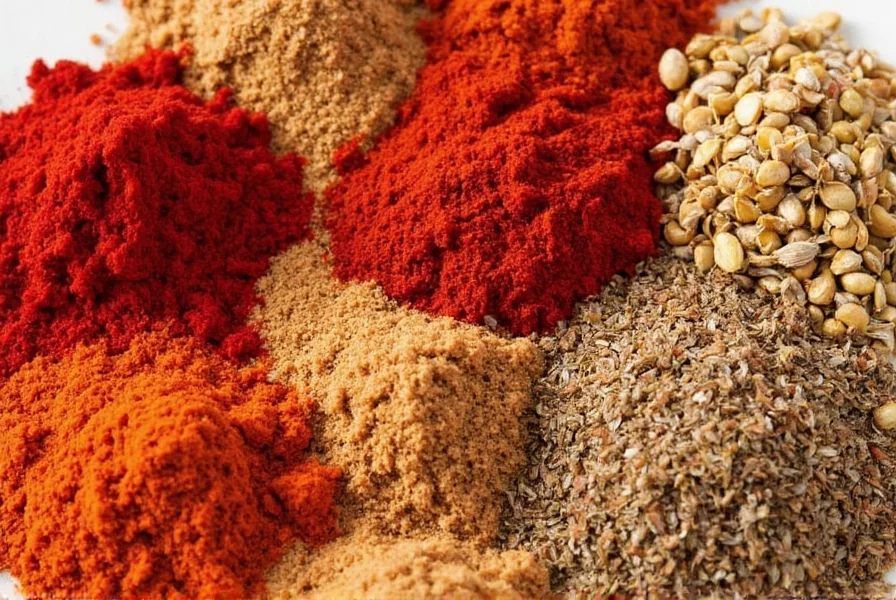
Cayenne Pepper: The Classic Heat Machine
If there were a poster child for chili spices, cayenne would be it. Bright red, potent, and readily available, cayenne pepper is the go-to for anyone who wants a straightforward kick of heat without too much complexity.
Flavor Profile:- Clean, sharp heat
- Slight earthiness
- No lingering bitterness
Best Used In: Hot sauces, marinades, seasoning blends, Cajun dishes
| Chili Spice | Heat Level | Flavor Notes | Ideal Pairings |
|---|---|---|---|
| Cayenne | Hot | Fiery, clean bite | Lemon, vinegar, garlic |
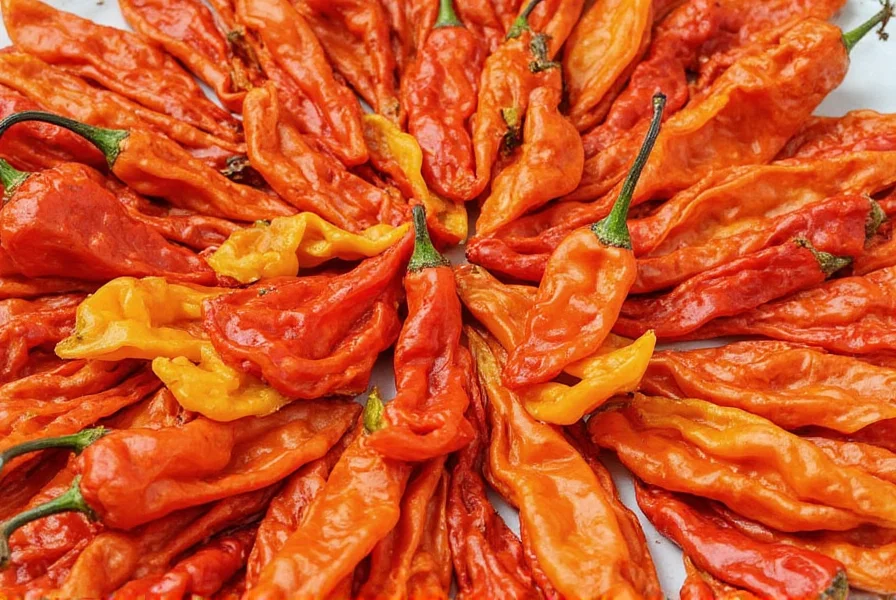
Habanero Powder: Tropical Fire for Bold Flavors
Hailing from the Caribbean and Central America, habanero brings tropical fruit notes along with searing heat. Habanero powder isn't for the faint-hearted, but if you're looking to impress guests with both flavor and fire, this is your tool.
Flavor Profile:- Tropical sweetness
- Citrusy undertones
- Intense, delayed burn
Best Used In: Hot sauces, jerk seasoning, fruit salsas, barbecue rubs
| Chili Spice | Heat Level | Flavor Notes | Ideal Pairings |
|---|---|---|---|
| Habanero | Very Hot | Citrusy, floral, intense heat | Mango, pineapple, lime |
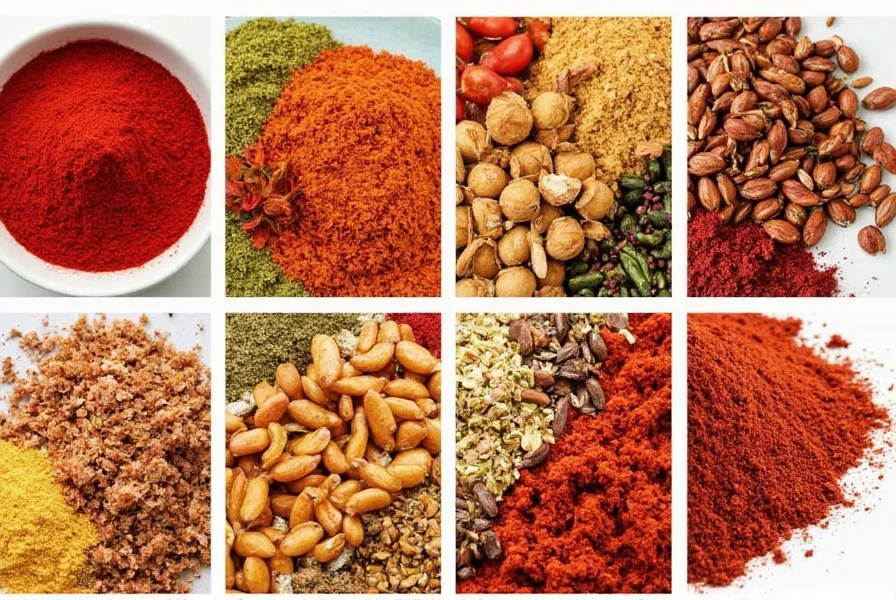
Chipotle Powder: That Mesquite Magic You've Been Craving
Chipotle comes from smoked jalapeños and carries all the smoky richness of wood-fired grilling. If you love the taste of BBQ, this chili spice should be your best friend. Chipotle powder adds boldness without overwhelming heat, making it perfect for everyday cooking.
Flavor Profile:- Smoky
- Leathery
- Slighlty spicy, but not punishing
Best Used In: BBQ rubs, tacos, chili con carne, tomato-based sauces
| Chili Spice | Heat Level | Flavor Notes | Ideal Pairings |
|---|---|---|---|
| Chipotle | Moderate | Smoky, leathery, earthy | Cumin, lime, honey, tomatoes |
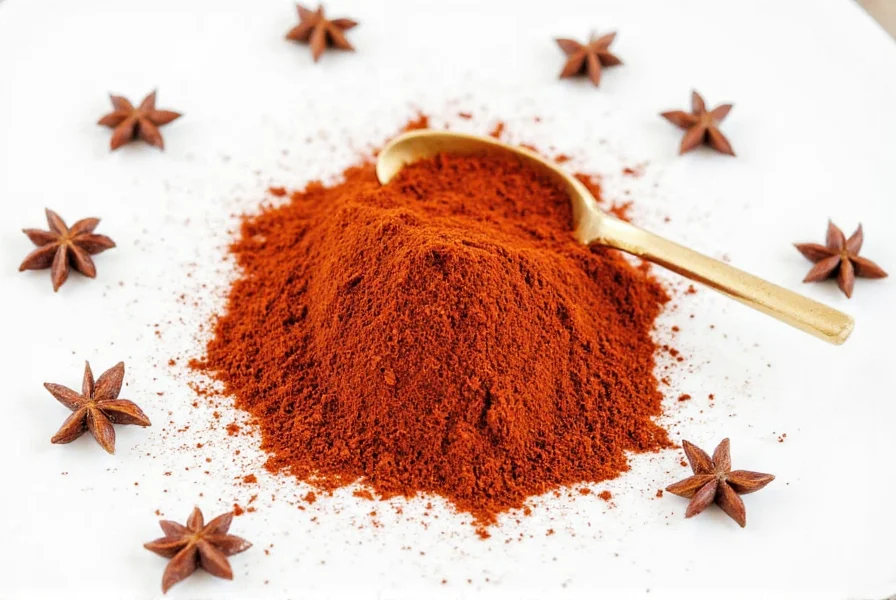
Paprika: Not Just for Color, But for Depth Too
While paprika often gets overlooked as "just the red stuff that sits on top of deviled eggs," high-quality paprika can add subtle sweetness, warmth, and a vibrant hue to any dish. There are many varieties–Hungarian, Spanish, smoked–but we're focusing on the standard sweet paprika here.
Flavor Profile:- Mild
- Buttery
- Sweet, slightly peppery
Best Used In: Goulash, deviled eggs, roasted vegetables, paella
| Chili Spice | Heat Level | Flavor Notes | Ideal Pairings |
|---|---|---|---|
| Paprika | Mild | Sweet, buttery, warm | Onions, garlic, sour cream |
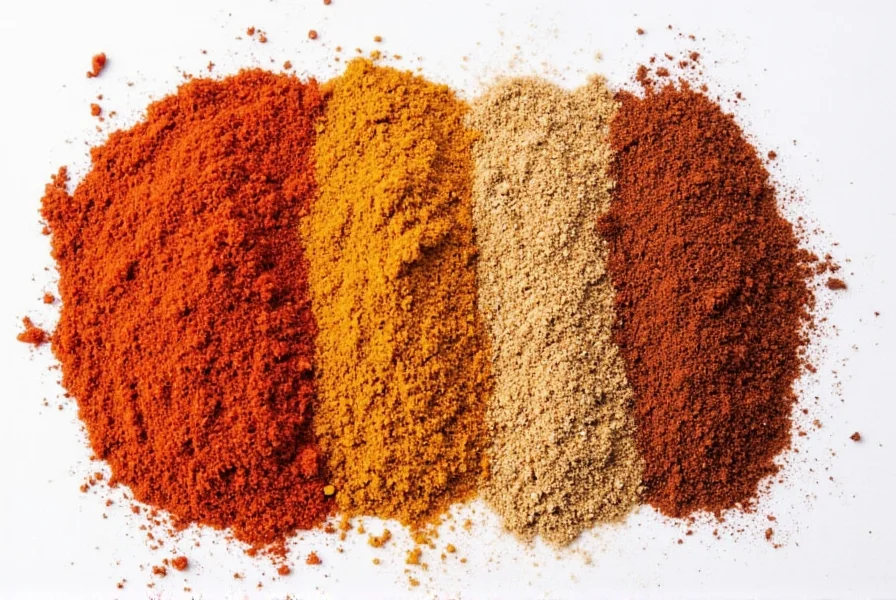
Buying Guide: What to Look For When Choosing Chili Powders
With so many options on store shelves, choosing the right chili powder can feel like navigating a maze. Here's how to pick wisely:
- Check the Label: Make sure it's pure chili powder—not a blend. Some products sneak in fillers like flour or salt.
- Color Matters: Vibrant colors indicate freshness. Avoid dull or grayish powders.
- Smell Test: A good chili powder should smell aromatic, not musty or stale.
- Origin & Variety: Know where it came from. Regional variations (e.g., Hungarian paprika vs. California paprika) can change flavor dramatically.
- Packaging: Buy in small quantities unless you use spices frequently. Once opened, store in a cool, dark place away from moisture.
| Product | Features | Pros | Cons | Best For |
|---|---|---|---|---|
| McCormick Ancho Chile Powder | Pure ground ancho chili, no additives | Consistent quality, affordable | May lack intensity compared to artisan brands | Daily Mexican-inspired cooking |
| La Flor Habanero Powder | Yucatán-grown, sun-dried | Bold flavor, real heat | Harder to find, more expensive | Advanced cooks and hot sauce enthusiasts |
| Penzeys Cayenne Pepper | High color retention, strong heat | Excellent potency and aroma | Not ideal for kids or mild eaters | Kitchen staples needing a punch |
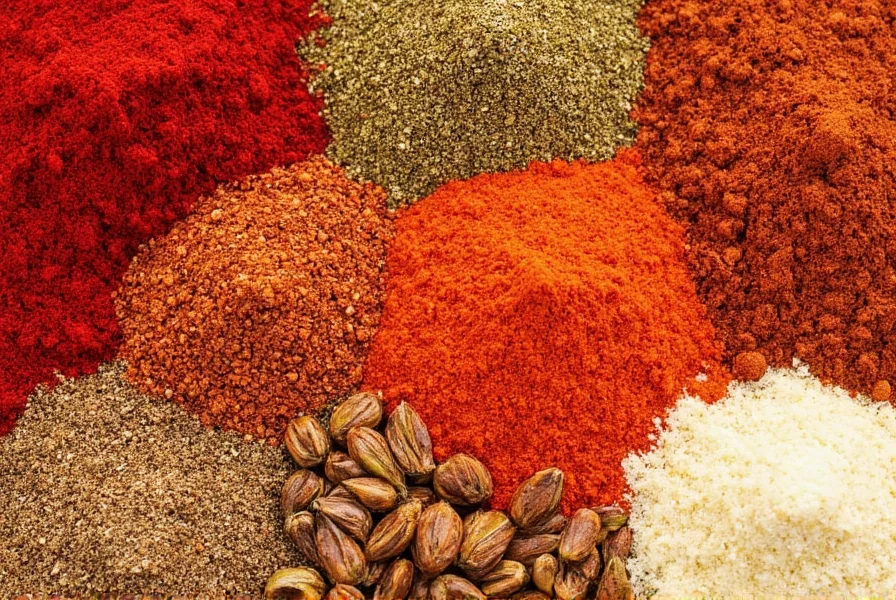
Creative Uses for Basic Chili Spices Beyond the Obvious
You don't have to stick to recipes that call for chili explicitly. Here are some unexpected ways to use these basic chili spices:
- Add a pinch of cayenne to your coffee – It boosts metabolism and gives a spicy twist.
- Stir paprika into hummus – Adds warmth and color without heat.
- Use chipotle powder in brownies – Yes, really! It pairs beautifully with dark chocolate.
- Make your own spicy honey – Combine ancho powder with honey and drizzle over pizza or goat cheese.
- Season popcorn with habanero powder – For a snack that kicks things up a notch.
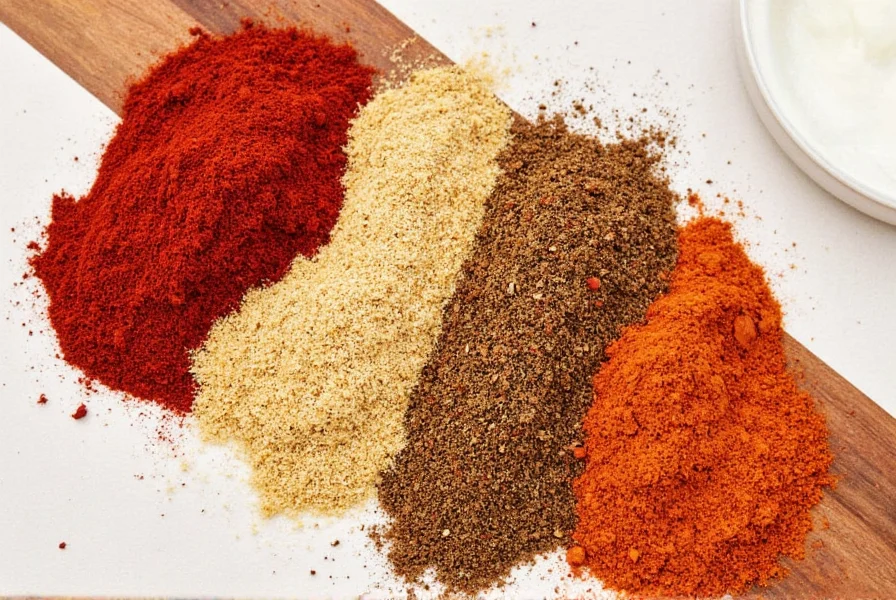
Frequently Asked Questions About Basic Chili Spices
Got questions about working with chili spices? We've got answers to the most common queries from home cooks just like you.
What are the 5 basic chili spices every kitchen should have?
The five basic chili spices every kitchen should have are: Ancho Powder (smoky and sweet), Cayenne Pepper (classic heat), Habanero Powder (tropical fire), Chipotle Powder (smoky mesquite flavor), and Paprika (mild with depth). These cover a range of heat levels and flavor profiles for versatile cooking.
How can I tell if my chili powder has gone bad?
Chili powders don't technically spoil but lose potency over time. Signs your chili powder has degraded include: faded color (should be vibrant red), weak aroma (should smell strong and spicy), and lack of heat/flavor when used. For best quality, use within 6-12 months of opening and store in a cool, dark place.
Can I substitute one chili powder for another?
Yes, but with caveats. Paprika can substitute for ancho in mild applications (but lacks depth). Cayenne can replace habanero for heat (but misses the fruity notes). Chipotle and ancho both offer smokiness but at different heat levels. When substituting, start with half the recommended amount and adjust to taste, as heat levels vary significantly.
What's the difference between chili powder and chili spice blends?
Chili powder is typically made from ground dried chilies only, while chili spice blends (like "chili powder" in the US) often contain additional spices like cumin, garlic powder, and oregano. Always check labels – for pure chili flavor, look for "ancho chili powder" or "cayenne pepper" rather than just "chili powder" which is usually a blend.
How do I handle extremely hot chili powders safely?
When working with hot chili powders like habanero: wear gloves to avoid skin irritation, avoid touching your face, work in a well-ventilated area (the powder can become airborne), and start with very small amounts (1/8 teaspoon) that you can gradually increase. If you get chili oil on your skin, wash with soap and oil (not just water) as capsaicin is oil-soluble.
Which chili spice is best for beginners?
Paprika is the most beginner-friendly as it's mild with just warmth and color. Ancho powder is next best – it has complex flavor with minimal heat. Once comfortable, try chipotle for smokiness, then cayenne for straightforward heat. Save habanero for when you're ready to work with serious heat levels.
Conclusion: Spice Up Your Life with These Five Essentials
Now that you've got the inside scoop on the five basic chili spices every kitchen needs, it's time to experiment and find your favorite flavor combos. Remember, using chili spices isn't just about heat—it's about enhancing the flavors you already love and discovering new ones.
So go ahead, dust off that old spice rack, grab a few jars, and start exploring. With these five basics, you'll never run out of ways to spice up your meals!
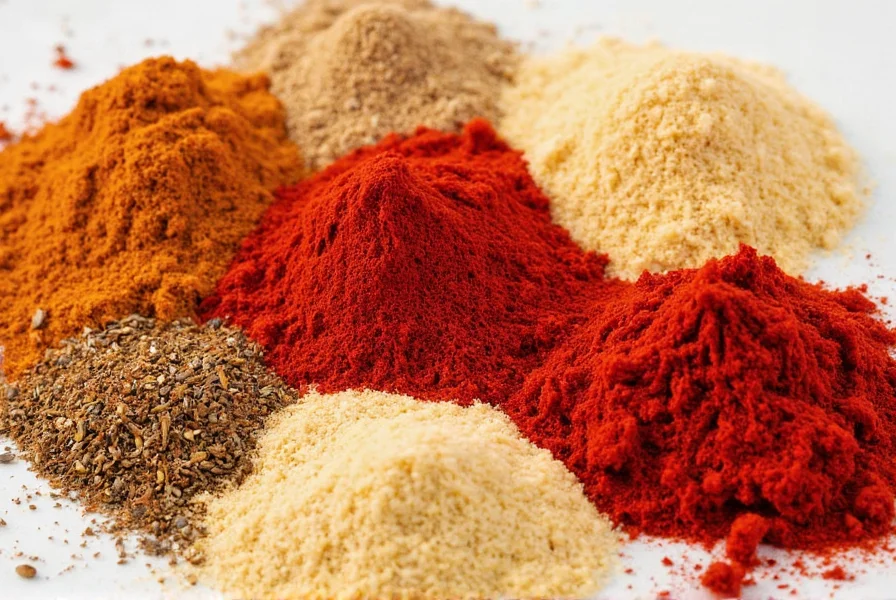

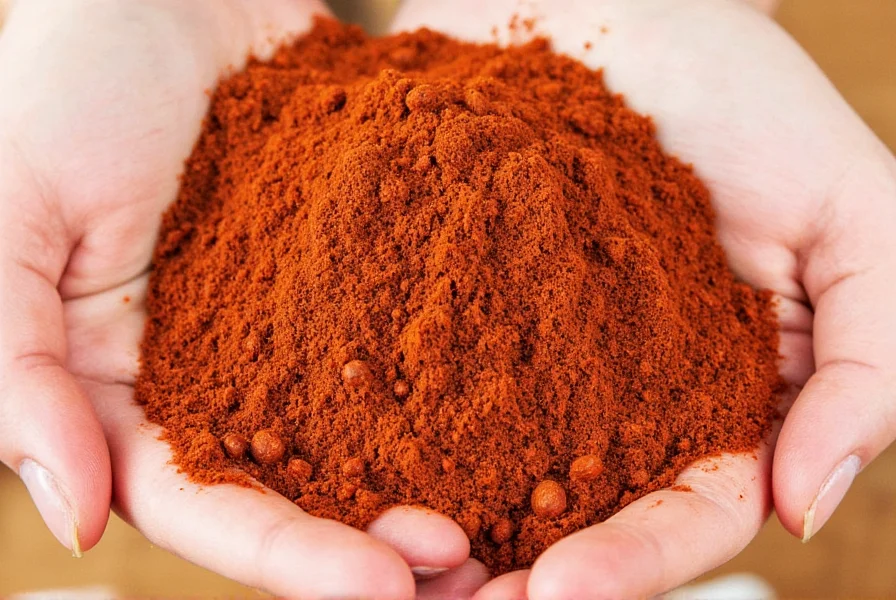









 浙公网安备
33010002000092号
浙公网安备
33010002000092号 浙B2-20120091-4
浙B2-20120091-4